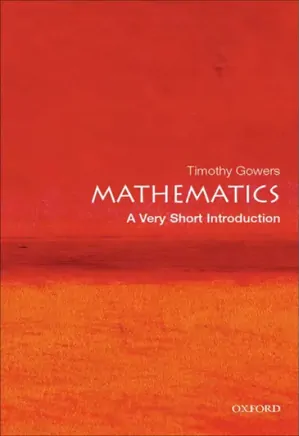A Very Short Introduction - Newton
امتیاز دهید
In Victorian Britain, every schoolboy knew that Sir Isaac Newton
was an unrivalled mathematical and scientific genius, and most
would have been able to give a basic account of his central
discoveries. In optics, Newton found that white light was not a
fundamental element within nature but was composed of more
basic, primary rays being mixed together. Bodies appeared a
particular colour because they had a disposition to reflect or absorb
certain colours rather than others. In the realm of mathematics,
Newton discovered the binomial theorem for expanding the sum of
two variables raised to any given power, as well as the basic laws of
calculus. This treated the rate of change of any variable (the shape
of a curve or the velocity of a moving object) at any moment, and
also offered techniques for measuring areas and volumes under
curves (amongst other things). Both his mathematical and optical
work took many decades to be fully accepted by contemporaries, the
first because his work was shown only to a handful of
contemporaries, and the second because many found it hard to
reproduce and too revolutionary to be easily grasped.
Contents
List of illustrations xv
1 A national man 1
2 Playing philosophically 8
3 The marvellous years 20
4 The censorious multitude 41
5 A true hermetic philosopher 54
6 One of God’s chosen few 72
7 The divine book 83
8 In the city 103
9 Lord and master of all 112
10 Centaurs and other animals 126
Further reading 133
Index 135
بیشتر
was an unrivalled mathematical and scientific genius, and most
would have been able to give a basic account of his central
discoveries. In optics, Newton found that white light was not a
fundamental element within nature but was composed of more
basic, primary rays being mixed together. Bodies appeared a
particular colour because they had a disposition to reflect or absorb
certain colours rather than others. In the realm of mathematics,
Newton discovered the binomial theorem for expanding the sum of
two variables raised to any given power, as well as the basic laws of
calculus. This treated the rate of change of any variable (the shape
of a curve or the velocity of a moving object) at any moment, and
also offered techniques for measuring areas and volumes under
curves (amongst other things). Both his mathematical and optical
work took many decades to be fully accepted by contemporaries, the
first because his work was shown only to a handful of
contemporaries, and the second because many found it hard to
reproduce and too revolutionary to be easily grasped.
Contents
List of illustrations xv
1 A national man 1
2 Playing philosophically 8
3 The marvellous years 20
4 The censorious multitude 41
5 A true hermetic philosopher 54
6 One of God’s chosen few 72
7 The divine book 83
8 In the city 103
9 Lord and master of all 112
10 Centaurs and other animals 126
Further reading 133
Index 135








دیدگاههای کتاب الکترونیکی A Very Short Introduction - Newton